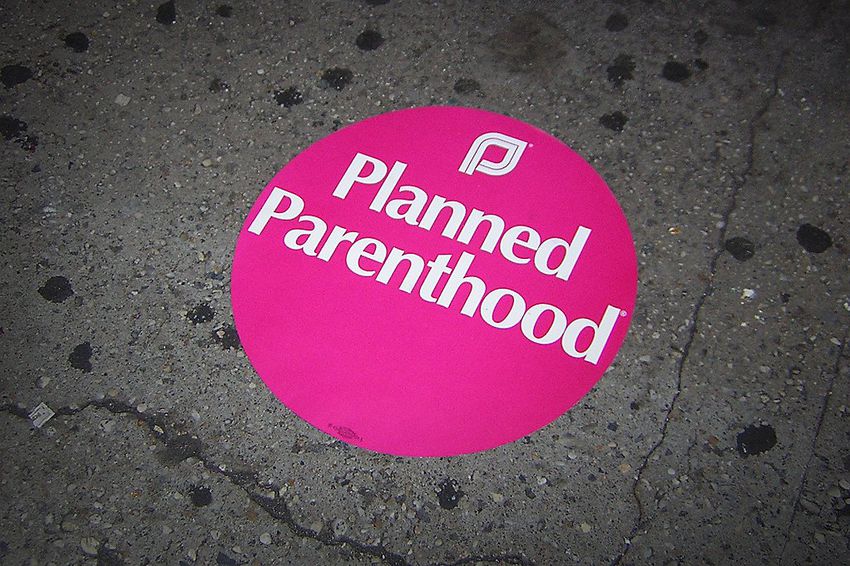Planned Parenthood and its funding has been a fiercely debated topic in the United States, with passionate movements on both ends striving to either defund or save the clinic’s services. With all of the organization’s surrounding controversy, it is important to get informed and understand the nature of the debate, the facts about Planned Parenthood’s services, and the overall impact Planned Parenthood has on women in America!
So, what are the main arguments?
Those who support the pro-life stance (those who are anti-abortion) do not believe that abortion services should be offered by Planned Parenthood, and ultimately want to shut down the organization if it continues to provide this service to women. Many people with these beliefs do not believe that Planned Parenthood should be supported by federal funding, and are pushing to block any further funding toward their clinics.
On the other hand…
Pro-choice supporters believe that women should be given the choice of what they want to do with their bodies. This viewpoint does not necessarily mean that those in favor of pro-choice believe in abortion, rather they are fighting to give women a voice so that they can make the decision for themselves. Believers of pro-choice are fighting to continue funding for Planned Parenthood, and argue that Planned Parenthood offers a myriad of other essential and affordable health care services, such as cancer screenings, birth control, pelvic exams and STD/STI testing, treatment and vaccines.
What are the facts about Planned Parenthood?
- 42% of Planned Parenthood’s services go into providing STI/STD Testing and Treatment for patients.
- 34% of their services provide women with contraception services, such as birth control pills, IUDs, Plan B and sterilization procedures.
- 11% of services provide pregnancy tests and prenatal care to women who are pregnant.
- 9% of their services provide cancer screenings and services, such as breast exams and pap smears (cervical cancer testing).
- 3% of Planned Parenthood services are abortion-related.
- Planned Parenthood is the nation’s largest sexual education provider—providing 1.5 million young adults with sexual education services every year.
- 83% of patients are 20 or older.
- 80% of patient incomes are at or below 150 percent of the federal poverty line.
Planned Parenthood is estimated to provide services to over 2.4 million people in the United States annually. What would happen if it was completely defunded?
This is up for debate. Many feel that this could be detrimental for those in need of affordable healthcare and women’s health services, and would ultimately prevent access to those in need of the various other services Planned Parenthood provides. This would also affect young people who are currently uninsured and cannot afford healthcare elsewhere. Others feel that defunding Planned Parenthood is necessary in order to ultimately end abortion services in the United States.
Would defunding Planned Parenthood really stop women from getting abortions?
This is also widely debated. Many pro-life supporters believe that defunding Planned Parenthood is the key to ending abortion in the United States, but others aren’t so convinced. Many are taking the stance that this wouldn’t end abortions, rather it would only increase the amount of dangerous and illegal abortions performed, as it is believed that women would go elsewhere to get them, just as they did in the past. Many are fearful that the “coat hanger method” could be reintroduced—an extremely dangerous D.I.Y method that was performed by women in the United States pre-Roe v. Wade (when abortions were still illegal in America).
As a result of these debates and the new political administration, the status of Planned Parenthood and its funding seems to be changing almost daily— be sure to stay informed and make your voice heard!
 Food
Food Farmers
Farmers Sustainable Living
Sustainable Living Living Planet
Living Planet News
News